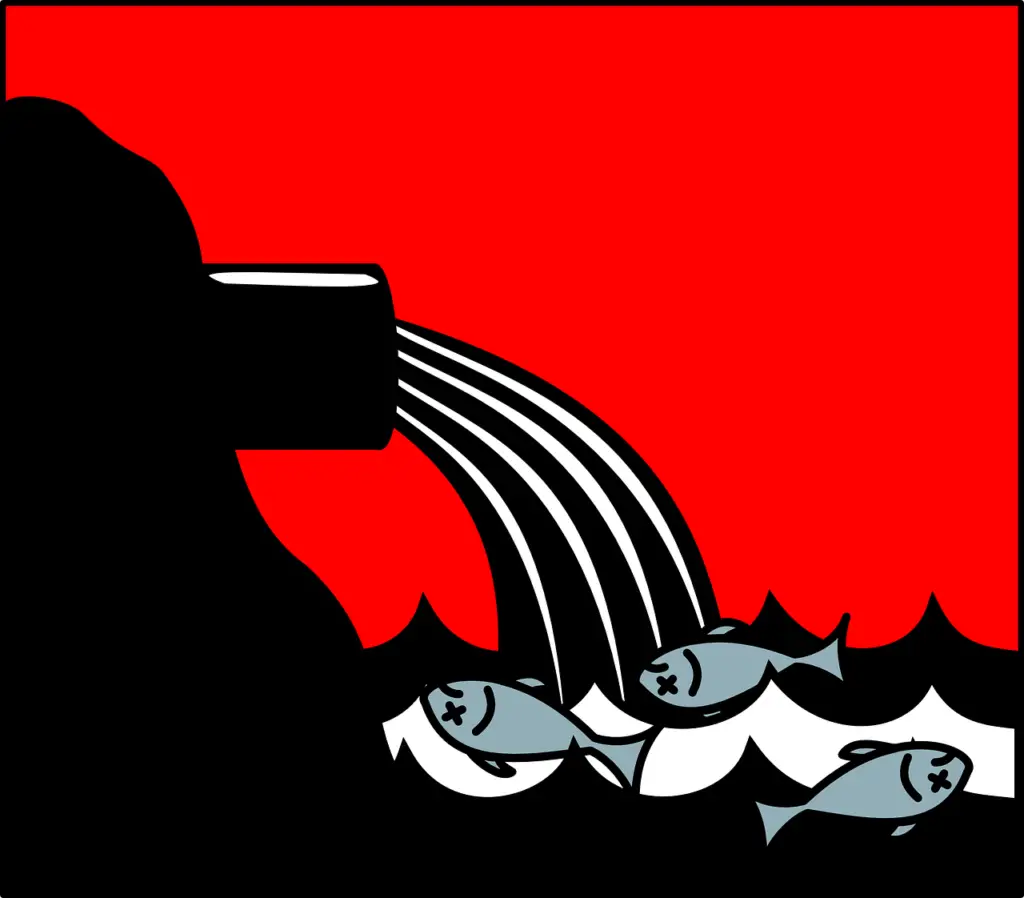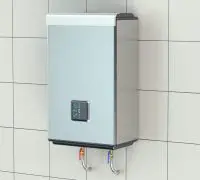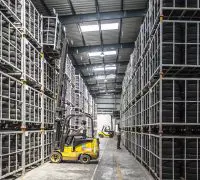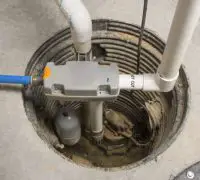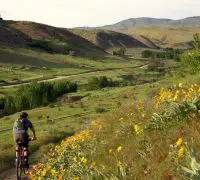Have you always wanted to attempt fish farming? Look no further because this beginner’s guide is the perfect place to start.
The process of fish farming can be described as nurturing these water dwellers to live in a controlled environment.
Fish are fascinating creatures, and once you learn the basics of fish farming, also known as “pisciculture,” you’ll learn how amazing the whole process can be.
The process might seem daunting at first but rest assured that it’s not difficult at all. We are here to guide you through the essentials of how to start fish farming.
This is a step by step guide to giving you the right motivation and the knowledge to build your very own fish farm.
Now, let’s go through the main steps.
Page Table of Contents
A step-by-step walkthrough of fish farming
This guide includes a whole bunch of expert advice on how to start fish farming, beginning with the actual selection of farming area and ending at marketing the fish.
It is also necessary to figure out the best species for fish farming as there is a vast list to choose from.
In this step-by-step walkthrough, you’ll learn the essential facts such as how to prepare a fish pond and what to feed the fish.
Before we begin, you should know that there is both a large scale and small-scale fish farming. In small scale fish farming, all you need are fingerlings and a pond.
For large-scale fish farming, you will need a lot more equipment and expertise. Don’t worry. We will guide you through everything on how to start fish farming.
Necessary equipment
Before starting fish farming, you’ll need to gather the required equipment for it. Here are the following pieces of equipment:
- Fish tanks or ponds – These are necessary to hold a large amount of fish for both harvesting and marketing. Tanks and ponds provide an excellent environment for the fish.
- Net – This is used to gather all the fish.
- Aeration equipment – This equipment helps improve oxygen flow through the pond.
Step 1 – Selecting A Suitable Area
Initially, you will have to select the best land area for fish farming. There are some main factors to look out for such as size, water, and soil of the area. The land should be large enough for the pond you intend to build.
You should also pay attention to the quality of soil by testing it and making sure it is suitable for fish farming. There should also be a constant supply of clean and fresh water, which is one of the most important things for the land.
Step 2 – Designing and Constructing the Pond
There are a few main elements of the design and construction of a pond. Each pond varies according to the species. However, there are some factors that you need to consider regardless of the type of fish.
The factors include inflow and outflow, proper management, proper drainage, shape and size, and spacing between ponds. Inflow and outflow mean you must continually measure the water level to ensure a healthy environment for the fish.
You will also need proper management, which means you should put screens and protection to keep predators and insects away. Proper drainage will ensure the regulation of water levels, and the shape and size are essential to keep productivity high.
The spacing between ponds makes sure that the fish can be easily harvested and fed.
Step 3 – Your Choice of Fish Species
There are a few different species to choose from, such as Tilapia, Tuna, Salmon, Eel, and Catfish. It is necessary to know the facts about each species before deciding which one to farm. This is one of the most critical steps of how to start fish farming, but at the same time, it is very challenging.
Later, we will discuss in detail the facts about two of the most commonly used species for fish farming, which are Catfish and Tilapia.
Step 4 – Fish Feed
After selecting the fish species, now they need to be fed to remain healthy and grow properly. Before feeding, you need to ensure the population of fish is low enough that there won’t be competition for food.
Tilapia and much other fish usually eat algae, water insects, or manufactured fish food. They will require feeding in the morning and afternoon, but you will have to make sure that you don’t leave any food in the water for too long.
Step 5 – Harvesting the Fish
Harvesting is carried out by using a net to gather all the fish and draining the water. You will need to harvest the fish depending on their species and their weight gain.
Step 6 – Marketing
Although this is not part of the list of how to start fish farming, the stage is essential for the end. Just like any other form of business, you will need to market the harvested fish. You must note specific market trends and take advantage of them.
Fish farming can prove to be a very successful business if marketed correctly. Since people are now beginning to understand the benefits of eating fish, fish farming has become a fast-growing trend.
You can use your desired platforms for marketing as long as you remember the main benefits of eating fish and bring about awareness of the food.
Common species for fish farming
The two most common species for fish farming is Tilapia and Catfish. Tilapia live in fresh water, and they grow very rapidly. Tilapia are easy to keep since they are very easy to maintain.
These types of fish are a wonderful investment. They need to remain in water that is from 25 to 35 degrees.
One important fact to remember about Tilapia is their fast reproduction rate, which might cause overpopulation in the pond.
Catfish are also easy to harvest because of their fast growth rate and do not require a lot of maintenance. Catfish are highly demanded in today’s market, and there are a few different species such as flathead, yellow blue head, channel, and a lot more.
Catfish grow in 21 months, and their feed can include rice or soybeans.
Benefits and drawback of fish farming
There are so many benefits of fish farming. Fish are an extremely healthy food whether you are providing for the market or you and your family.
Fish farming also creates more jobs such as sellers, laborers, and transporters, and it can help you maintain a steady income.
However, there are also some drawbacks and some risks to watch out for. Fish farming might become difficult if there is too much competition from fish obtained from lakes, oceans, and rivers.
Also, there is no by-product of fish farming, and sometimes, extras such as fish food might increase costs.
Remember, if you plan your business correctly, these issues should not be much of a concern for you.
Conclusion
Fish farming is indeed a fascinating and profitable business. There are a few things you must pay attention to such as proper equipment, suitable conditions, and the right amount of planning. By understanding this guide, you’ll now be in a much better position to start your fish farming journey. Taking one step at a time, you will be successful in farming any fish species you desire.
Resource
https://www.gustawater.com/blog/how-to-start-fish-farming.html
